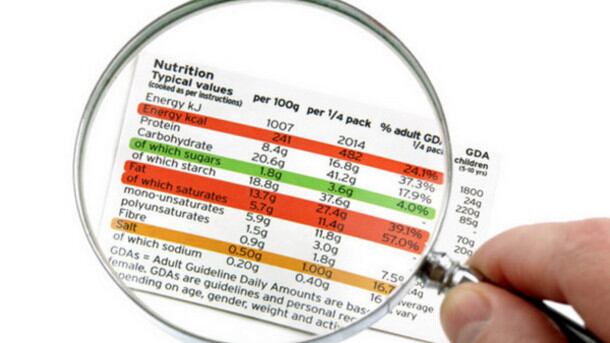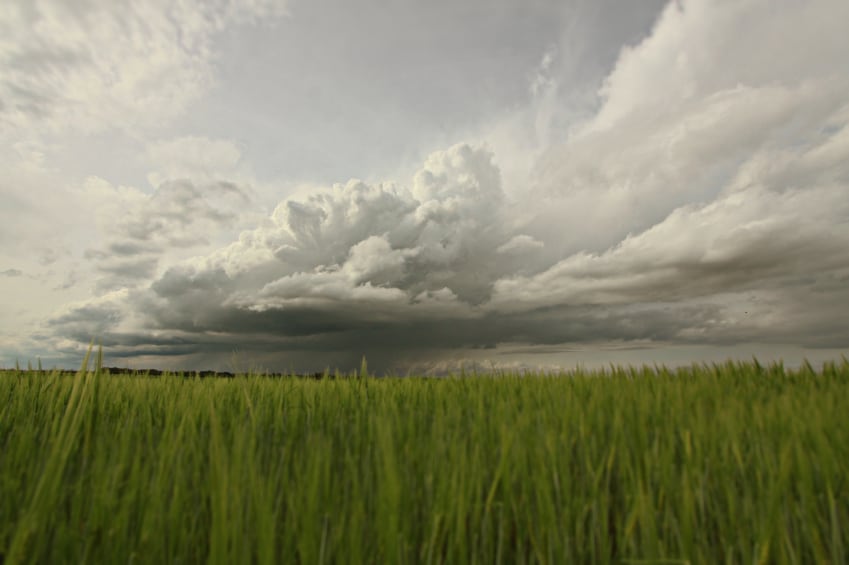Harsimrat Kaur Badal said the scale of domestic food manufacturing lags far behind that of developed countries, despite the government’s attempts to ramp it up.
She claimed that only 10% of Indian food companies were involved in processing, compared to 70-80% in European and North American countries—despite India’s substantial agricultural base.
The minister will have been cheered then by the news that Tamil Nadu is planning to set up new food processing units in 10 districts at a cost of nearly INR4bn (US$62.5).
While launching the strategy, deputy chief minister O Panneerselvam also announced plans for better cold-storage facilities in the southern state, where 35% of agricultural produce is lost to wastage.
He said that an integrated cold-chain infrastructure will be designed in six districts specifically for storing bananas, of which Tamil Nadu is India's biggest supplier.
The government has also linked up with Niti Aayog, Delhi’s development think tank, for a pilot project to bring food processing facilities to 10 districts over the next 18 months.
More from South Asia…
Draft packaging, labelling and claims standards due by end of the year
India's food regulator will release draft regulations governing packaging, labelling, and advertising and claims in the “next couple of months”.

Having expedited work on the draft process, which began last December, FSSAI said it will now issue separate regulations for each area.
“We are reviving the existing Food Safety Standards (Packaging and Labelling) Regulations, 2011, and decided that the same would be divided into three parts,” said Pawan Kumar Agarwal, its chief executive.
A single regulation has governed packaging and labelling, based on rules laid down by the Bureau of Indian Standards, while virtually no regulations have governed claims and advertising.
“Since all three aspects are important, there will be separate regulations for these subjects. On labelling, the work has been completed. But on the packaging front, regulations are weak, and consultations are underway,” Agarwal added.
The chief executive has also announced plans to empower third-party auditors to inspect food manufacturing facilities.
Extreme monsoon weather leads to agri-production uncertainty
Nearly 4m hectares of Indian farmland were by a torrential monsoon this year, while four southern states were hit by drought.

According to official figures, the unpredictable weather led to a significant drop in the production of rice, pulses and oilseeds.
Agriculture ministry data showed that nearly 900,000 hectares of rice and over 500,000 hectares of both pulses and oilseeds were hit by the extreme weather.
The total area sowed with rice, pulses, oilseeds and coarse cereals shrunk by 2.9m hectares, while that for thirsty cotton, jute and sugarcane went up, however.
Despite these extremes, officials believe the total agricultural output for the year will not suffer and may even touch last year’s levels.
Agriculture secretary SK Pattanayak said despite certain “inter-crop concerns”, an impending crop shortage is unlikely.
“Flood damage will not significantly affect our production targets,” he said, adding that buffer stocks of rice will ease food security if production drops.
